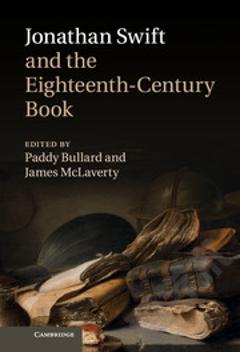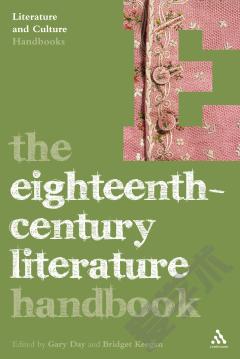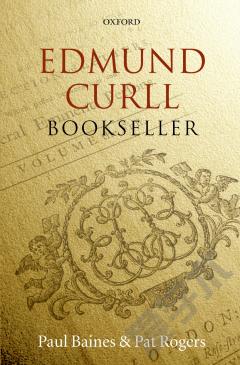Edmund Spenser and the Eighteenth-Century Book
This thesis is a study of the eighteenth-century editions of the works of Edmund Spenser (1552â1599). Its five chapters are structured chronologically around the major editions of Spenserâs epic poem The Faerie Queene (1590â1596). These editions have never been studied, and the principal aim of this thesis is to use bibliographical analysis to establish information about their production. A bibliographical description of each edition is given in an appendix. Each chapter maps the relationships between printers, booksellers, editors, and illustrators, and examines their reasons for publishing Spenser. I trace who owned, or thought they owned, the Spenser copyright, and how they defended it. The issue of copyright was negotiated alongside broader questions of who owned Spenser culturally and politically. He was appropriated to conflicting ends: in the 1710s supporters of the Hanoverian succession used an edition of Spenser to confirm their sense of national identity, whilst in the 1730s the Patriot Opposition used his works in miscellanies, musical performances, illustrations, and landscape gardens to undermine George IIâs ministry. These processes turned the literary past into a commodity, and books of Spenserâs poetry became fashionable luxury items. Editors stood to gain from competing to produce the most comprehensive historical biographies, prefaces, notes, and textual collations. Their strategies varied according to whether they considered Spenserâs works to be neoclassical, Gothic, or romantic; I situate their conclusions in the contexts of eighteenth-century literary editing, and show that some current assumptions about Spenserâs texts are founded on myths created by early editors. After 1774 editions of Spenser became more affordable following amendments to copyright law, and in the 1790s they were exported to America; far from creating consensus about how, or even if, he should be read, this only made him more malleable to interpretation, appropriation, and commodification.
{{comment.content}}








 京公网安备 11010802027623号
京公网安备 11010802027623号